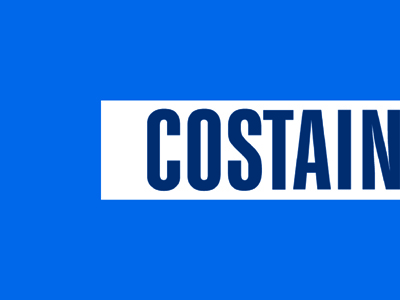Carbon Capture Creates Future Opportunities

4 August 2016
A new carbon capture system (CCS) project managed by Costain is having a double benefit – for the environment and in improving energy efficiency.
The CCS takes carbon dioxide (CO₂) emitted from a steelworks process, compresses it to make it dense, then pipes it 50km to an oilfield where it is injected into oil-bearing rocks. The pressure then forces more oil out of the oilfield. This process is called Enhanced Oil Recovery (EOR).
The process thus not only prevents carbon dioxide being released into the atmosphere but allows for the maximisation of oil reserves.
“It’s re-using a waste product to help drive out what they want from the oilfields,” said Power Sector Director Nigel Curry. “It is also more economical than buying a specialised gas to inject.
“From an environmental perspective it is massively beneficial that you’re not letting carbon escape into the atmosphere and economically it’s a sensible route as well. Capturing, compressing and transporting carbon are all proven techniques, but it’s the capability that pulls them all together that’s the relatively new part.”
Costain has project managed the entire contract, located in Abu Dhabi, from technical evaluation of the various competing tenders through detailed design and construction and it is now being commissioned .
“The CO₂ comes from Emirates Steel Industries’ plant,” explained Energy Business Unit Director Philip Evans, who spent a year in Abu Dhabi on the project. “When the CO₂ is captured it’s at atmospheric pressure, but it’s wet. We have to initially dehydrate it, otherwise it creates carbonic acid within the process pipework. It’s then compressed in two stages: firstly by rotating machinery to about 60 bar, when it turns into liquid (dense phase), then we use reciprocal compression to take it up to 245 bar.
“The terrain over which the pipeline to the oilfield was laid on sabkha which has a saline water table just one metre beneath the surface and it has no mechanical strength – it’s like quicksand. So, they put down a layer of gatch (hardcore), lay the pipe on it and bury it above ground in a berm.
“Because there are a lot of pipelines in the area, they have quite well-protected pipeline corridors with lots of pipelines and berms, so the terrain within a pipeline corridor looks corrugated.”
Another innovation came in Costain’s use of the Sharepoint internet-based operating system, which enabled technical queries to be sent back to specialists in the UK, rather than having to station personnel out in the Gulf.
Using waste CO₂ to flush out oil from reservoirs means that expensive methane does not have to be bought to do the job. This ‘enhanced oil recovery’ can result in up to 10% more oil being recovered – a major deal given the huge size of Abu Dhabi’s oilfields.
There is considerable potential to use the technique elsewhere, said Philip, although the global oil price will probably have to recover first, to allow this type of investment to take place.
Ends
Media Enquiries
Costain Communications Department
01628 842585
[email protected]
